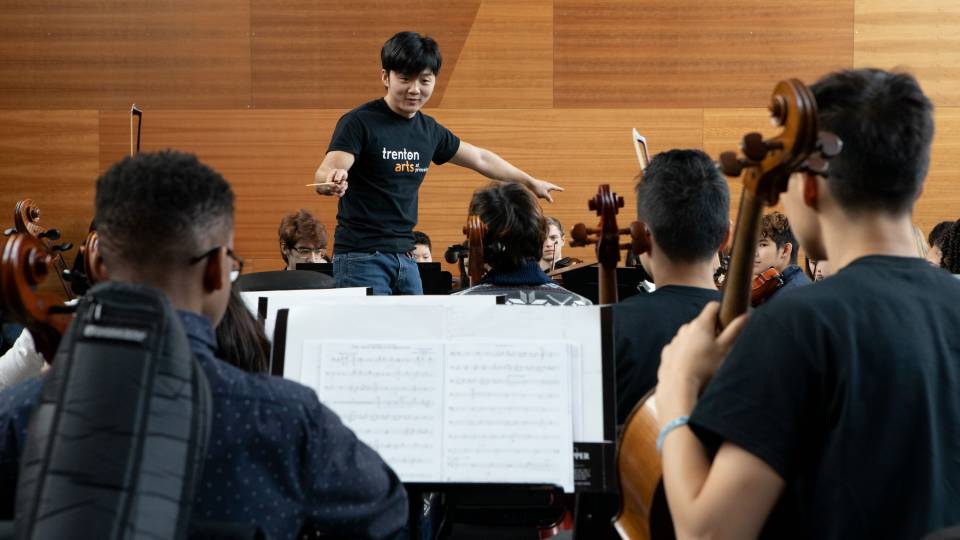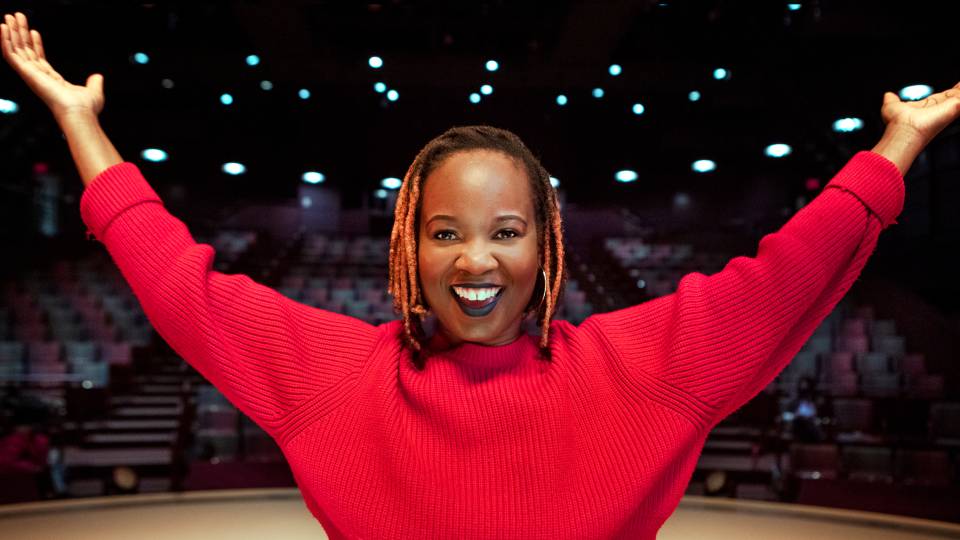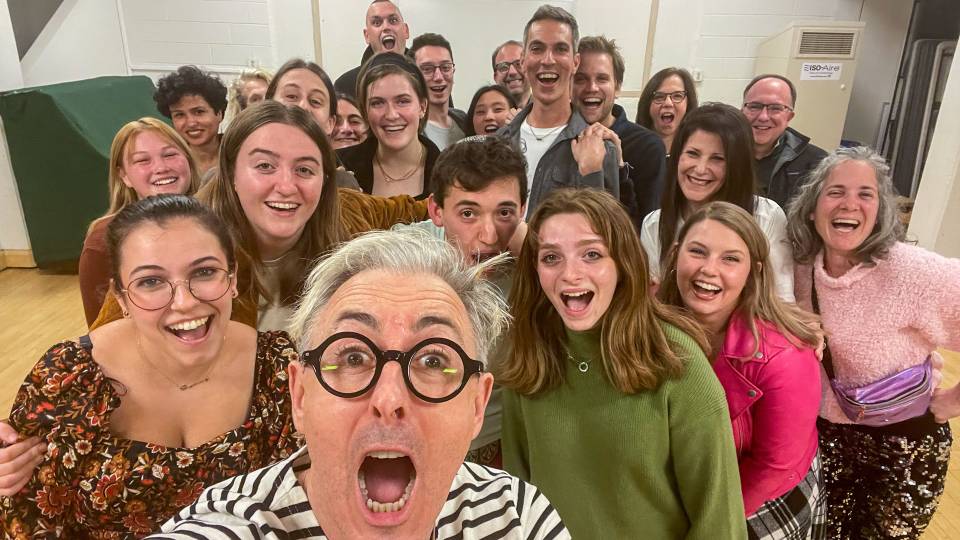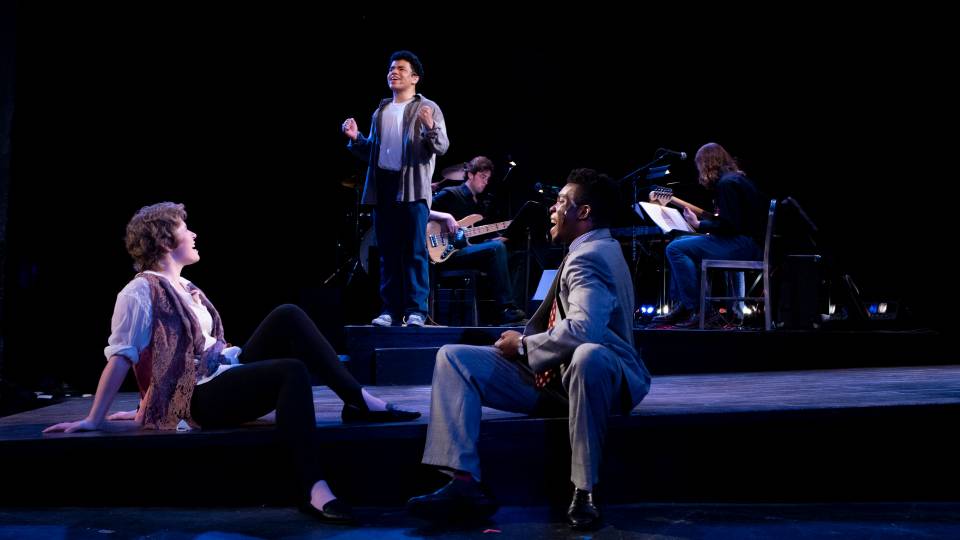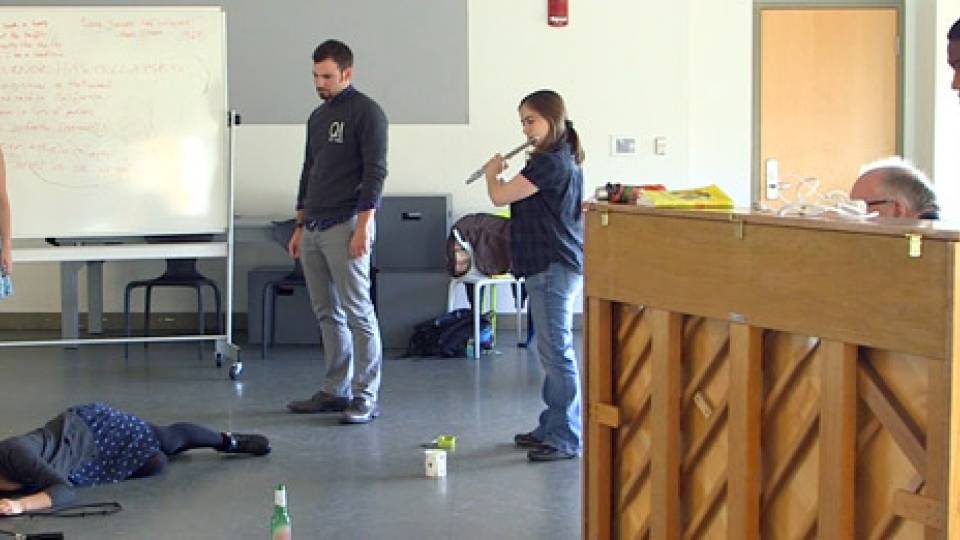The Princeton University Program in Theater, in partnership with Community House and the Community-Based Learning Initiative, is offering the course "Devising Theater With Youth" this semester as part of a continuing effort to expose students to the broadest possible range of performance theory and practice. The class serves as an example of the Lewis Center for the Arts' commitment to encouraging undergraduates to think critically about the role of the arts in community and civic engagement.

Play the "Devising Theater With Youth" video.
The service-learning course, showcased in this video, promotes experiential learning for both Princeton University students and a small group of children from Community House, an on-campus after-school program. Led by Erica Nagel, artistic engagement manager at the McCarter Theatre Center and a lecturer in theater and the Lewis Center for the Arts, this hands-on course provides an opportunity for Princeton students to elicit the voices of children, interweave them into a theatrical performance and participate in a collaborative community event to share what they created. The class will culminate with a performance of the students' work at the Community House holiday party Dec. 9.
Over the course of the semester, the participating Princeton students learned skills such as facilitation, lesson planning, curriculum design, ensemble building, dramaturgical thinking and theatrical composition, as well as the foundational of theory and methods of devised theater practice. For the children of the youth ensemble, the goals of participation were to offer a creative outlet, facilitate their comfort and desire to share to their own stories, encourage collaboration and communication, build theatrical skills such as vocal projection and stage presence, and create a final product of which they felt proud.
The play the group created together is focused on the theme of dreams. It is made up of four scenes in various styles based on dreams that were shared by young ensemble members or that they had collected from friends and family members. The scenes were linked by a framework of movement and sound generated by brainstorms and conversations about dreams and dreaming.


